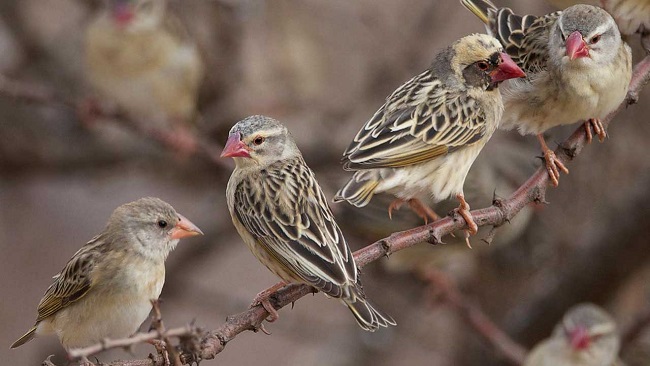Kenya and her East African neighbours have been identified as the epicentre of Quelea birds’ attack on key staples hence putting their food security initiatives in jeopardy.

Scientists affiliated with Desert Locust Organisation for Eastern Africa (DLCO) on Tuesday, October 2, 2018 said that the East and Horn of Africa states affected by invasion of Quelea birds on farms could face widespread hunger.
Stephen Njoka, the director of DLCO, revealed that the birds had invaded thousands of acres in the region while ravaging crops ready for harvest.
He said it was becoming a challenge for experts to contain Quelea birds and other pests due to budget constraints and hence the need for member countries to offer support.
Njoka said in the last one year alone, an estimated 191 million birds invaded the farms with Kenya and Tanzania being the most affected.
He said despite the hiccups, they were determined to control the birds just like other migratory pests.
He noted they were working with farmers across the member nations to ensure the pests were controlled and ensure high yields for their produce.
“These cases were well controlled by the farmers using cultural and chemical control methods and we will continue even with other areas where the prevalence is high,’’ he said.
During the meeting, Njoka noted that the fall army worm had continued to cause massive destruction of crops mainly maize with no solution in site.
The chairman of the organisation, Heruy Asghedom from Eritrea, admitted that the fall army was a concern to them and called for exchange of information and technology to address it.
